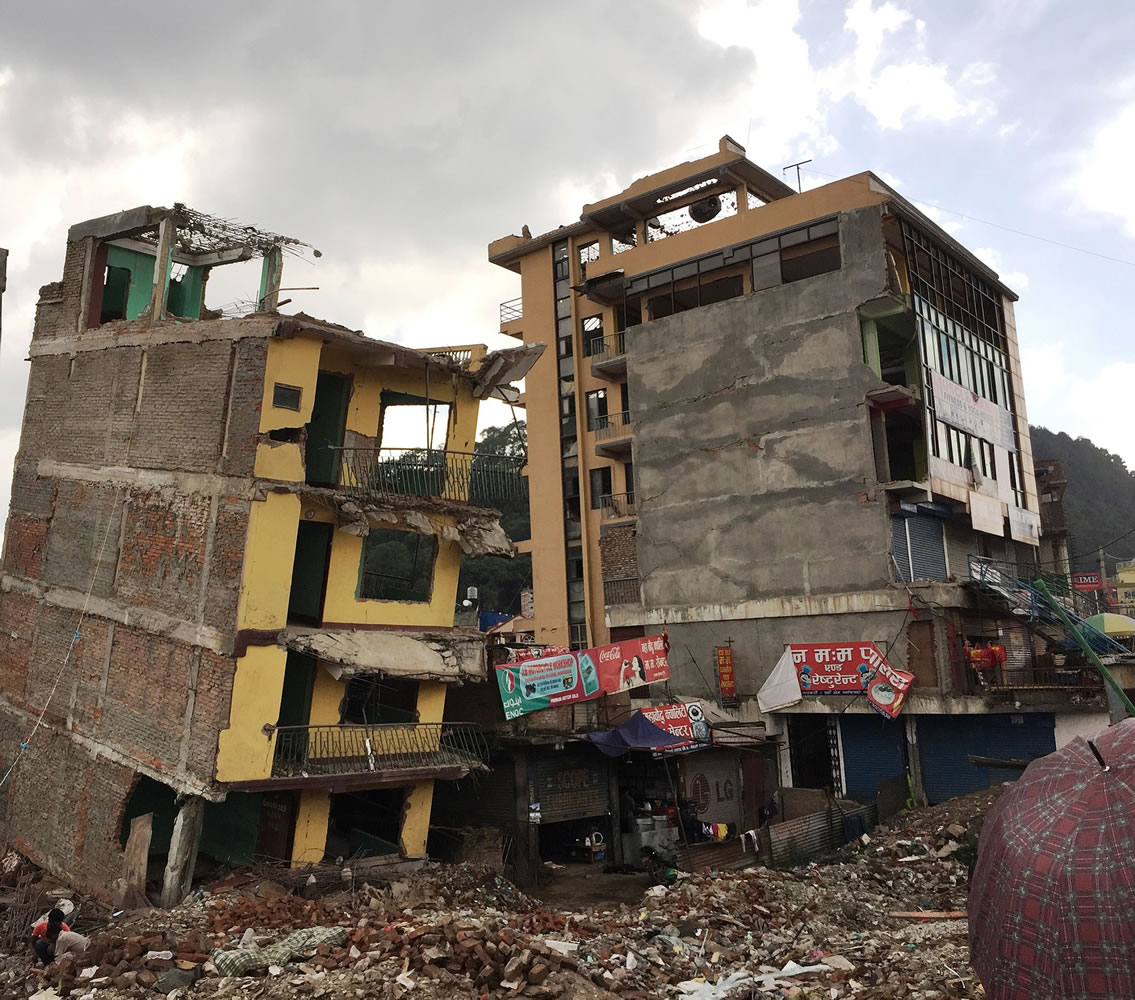Whatever happened to the follow-up news about Kathmandu, Nepal? Remember the magnitude-7.8 earthquake. … Perhaps a few donation dollars can be spared by all to help those poor people to survive.
–A recent letter to The Columbian
The view from the bluff where I stood in Nepal a few weeks ago was one of utter devastation.
Towns and villages up and down the Daraundi River valley were reduced to rubble. Scattered across the hillsides amongst the ruins were bright splashes of color: blue, red, orange and yellow, the hundreds of tarps and tents set up as temporary shelters. Overhead, monsoon clouds obscured the usual grand view of Himalayan peaks, while behind me the day’s storm was building up to the inevitable drenching rain.
On that day, I had sought a vantage point from which to see the extent of the damage at the epicenter of the magnitude-7.8 earthquake of April 25. I was there with a team of volunteers and workers from the Gorkha Foundation, a Nepalese non-profit. Our goal was to work with the locals to begin rebuilding some of the schools destroyed in the quake. I was also there to write about the earthquake and its aftermath, to keep the story alive.




